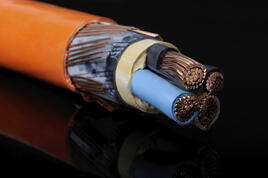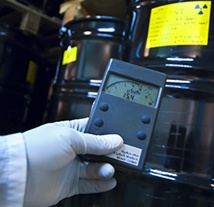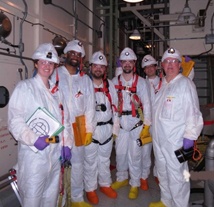 Electrical cables are the lifelines to anything electrical. Cables and wires connect electrical components together and keep the world electrically charged. Cable integrity is vital to the safe and efficient operation of any electrical system. Despite their importance, cables typically receive little attention – they are considered passive, long-lived components that are very reliable. However, cable failures have caused plant shutdowns, safety concerns and loss of revenue. So just because you have not had any problems with your electrical cables and their components, does not necessarily mean future problems are not on the horizon.
Electrical cables are the lifelines to anything electrical. Cables and wires connect electrical components together and keep the world electrically charged. Cable integrity is vital to the safe and efficient operation of any electrical system. Despite their importance, cables typically receive little attention – they are considered passive, long-lived components that are very reliable. However, cable failures have caused plant shutdowns, safety concerns and loss of revenue. So just because you have not had any problems with your electrical cables and their components, does not necessarily mean future problems are not on the horizon.
Performance and safety concerns demand proactive and preventative approaches to ensure cable integrity and reliability. A cable health and aging management program anticipates and addresses cable aging issues, helps reduce maintenance costs, avoids unscheduled shutdowns and repairs, incorporates industry best practices and addresses regulatory requirements.
So how do you protect your electrical cable assets? You: (1) look, (2) diagnose, and (3) monitor. Electrical cables are very much like your other assets, if you take care of them, they can have a very long lifetime.
For electrical cables, visual observation is a very effective technique for protecting your cable investment. For example, if you notice an electrical cable has been positioned very close to a hot heat source, maybe for example a hot steam pipe or worse yet a hot steam pipe that has had its insulation removed, action needs to be taken. You should either move the cable away from the heat source and/or reduce the heat load being generated by adding additional insulation. This simple action can significantly extend the lifetime of your cable and could prevent something more catastrophic from occurring within your electrical system.
A very effective process for performing visual observations is a walkdown. A walkdown is a highly structured and planned independent visual assessment of your cable assets. Typically during the walkdown campaign, notes are recorded, photographs taken, and as appropriate, infrared thermograhs are obtained to document the visual inspection process. Infrared thermography provides a unique method for evaluating the temperature conditions around your electrical cable assets. Infrared thermography will show you the ambient environmental temperature conditions in addition to temperature extremes such as those caused by missing insulation.
Every section of your electrical system examined during a walkdown is then addressed and then analyzed to improve the performance of your cable assets. The engineers at Fauske & Associates, LLC have performed numerous cable asset walkdowns and have identified issues which subsequently extended the lifetime of the overall cabling system.
Next time, processes for diagnosing your cable assets.
Read part 2: https://www.fauske.com/blog/3-ways-to-protect-your-electrical-cable-assets-part-2
For more information regarding cable aging, health and testing, email info@fauske.com









